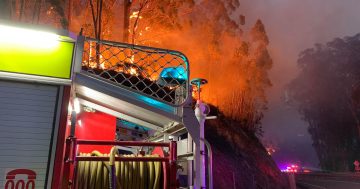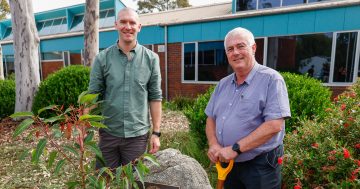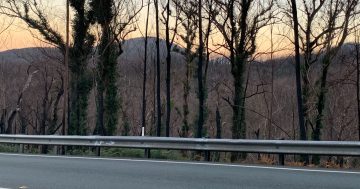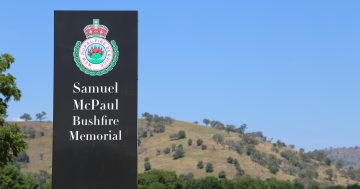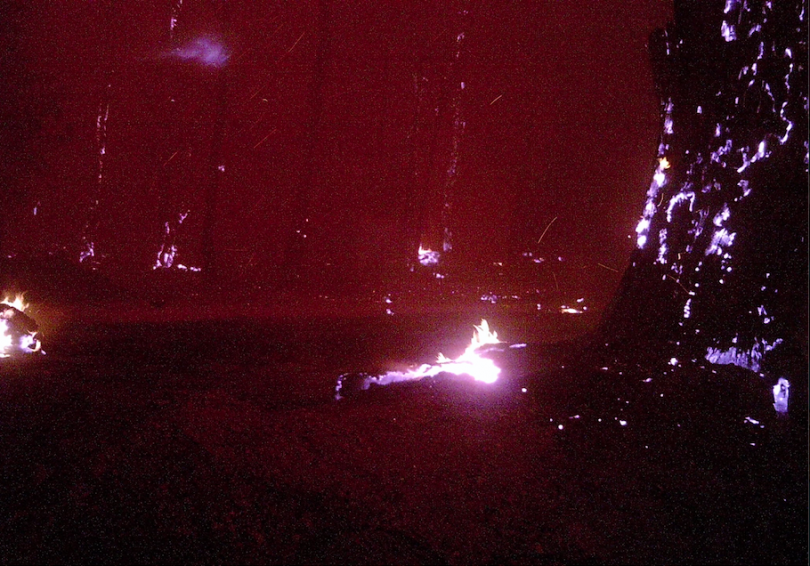
Mogo on New Year’s Eve 2019 as the fires hit. Photo. Tom McGann.
Nearly two years have passed since the Black Summer fire-front swept through the region and, despite the passing of time, the memories are crystal clear for many.
As trees and shrubs continue to regrow – the black wattle in particular at lightning speed – the thought of another large-scale fire season has people worried.
Despite these concerns, many residents are now better educated about the fire danger and how to protect their homes.
Rural Fire Service Superintendent and District Manager Angus Barnes said a combination of drought and plenty of dry growth in the bush in late 2019 created the perfect fuel for the fires.
He believes it will be a long time before we face another fire event like the Black Summer fires.
“The significant difference between now and the 2020 season is the weather,” Mr Barnes said.
“The Bureau of Meteorology has forecast an unusually wet summer.”
Mr Barnes said residents are also more aware of the dangers of bushfires.
“A lot of communities have approached us on fire information and how to prepare,” he said.
The sight of the bush regenerating after the fires is a welcome one but it’s also worrying, especially for those who lost their homes.
Some of the tracks and trails in State Forests and bushland are being quickly hemmed in by undergrowth that, given the right conditions, would burn.
Renee Wolfe and her family live in Mogo, a small town which was decimated by the fires on New Year’s Eve 2019.
She said the growth in her area is concerning.
“The rate of growth has been rapid with the rain we have experienced since the bushfires,” she said.
“The growth seems to be thicker with a lot of spreading vines taking hold over and smothering the regrowth.”
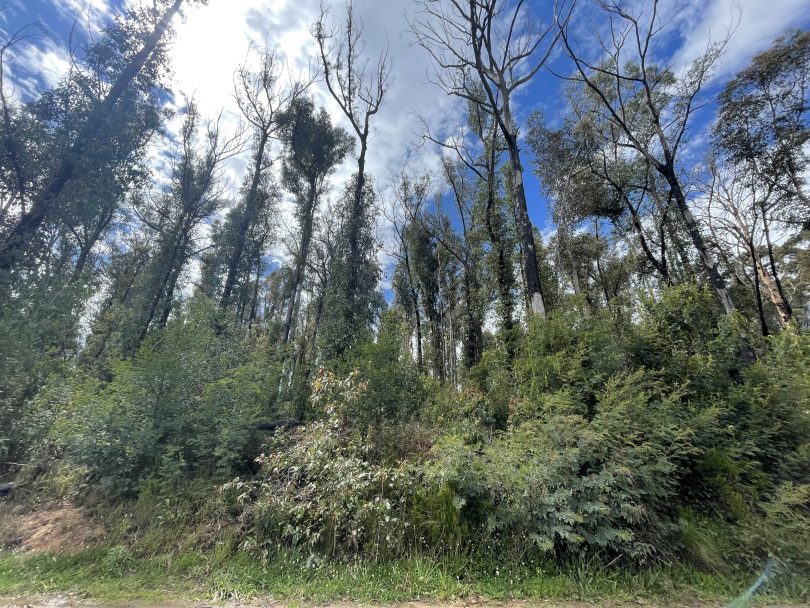
Trees and shrubs growing back in Mogo nearly two years after the fires. Photo. Tom McGann.
The Commonwealth Scientific and Industrial Research Organisation (CSIRO) recently released a new online guide for home bushfire resilience.
The CSIRO worked with the University of Melbourne to create the online guide which gives homeowners a range of advice on building and retrofitting fire protection.
The guide also helps residents understand bushfires are a natural part of the Australian landscape, how they interact with homes and gardens and how to use principles of design to reduce bushfire risks (including injury and death) and improve on existing bushfire regulatory controls.
While the new guide is a good start for residents to have a clearer idea of how to protect their homes against fire, some Indigenous locals in the Eurobodalla Shire are working with the RFS to teach the community techniques their ancestors used for fire protection in the past.
Mr Barnes said there had been a fair bit of work done to use these fire protection techniques.
“We had a program this year which was coordinated through the Police and Community Youth Hub and the Police Youth Command called ‘Protecting Country’,” he said.
“It was aimed at taking a select group of Aboriginal youth out of Narooma High School and training them in fire suppression techniques the RFS uses, then they went and worked with the ‘Firesticks Alliance’, which is a group of Aboriginal Elders who teach cultural burning techniques.”
The Firesticks Alliance program was due to culminate with a cultural burn to protect a koala habitat.






